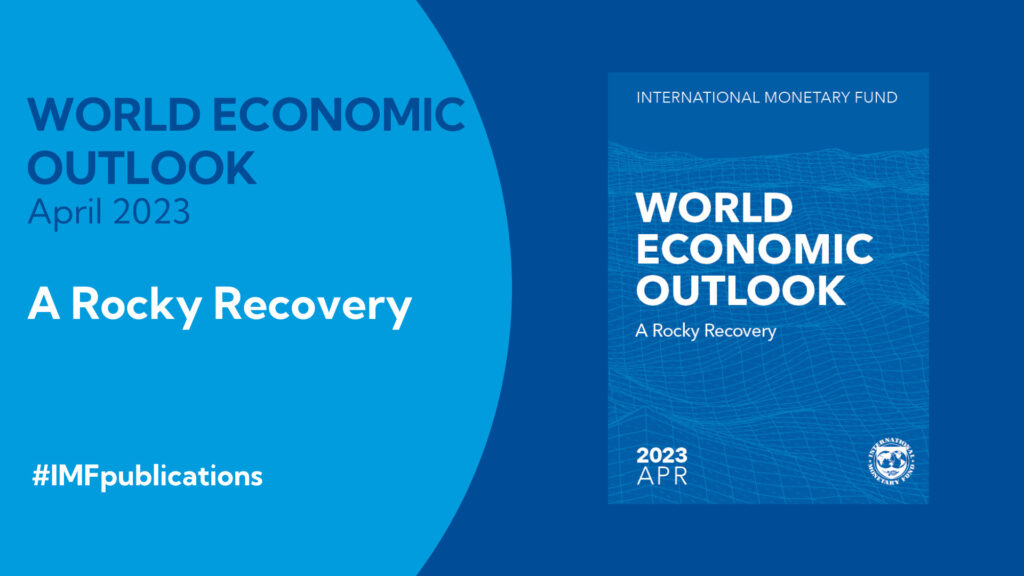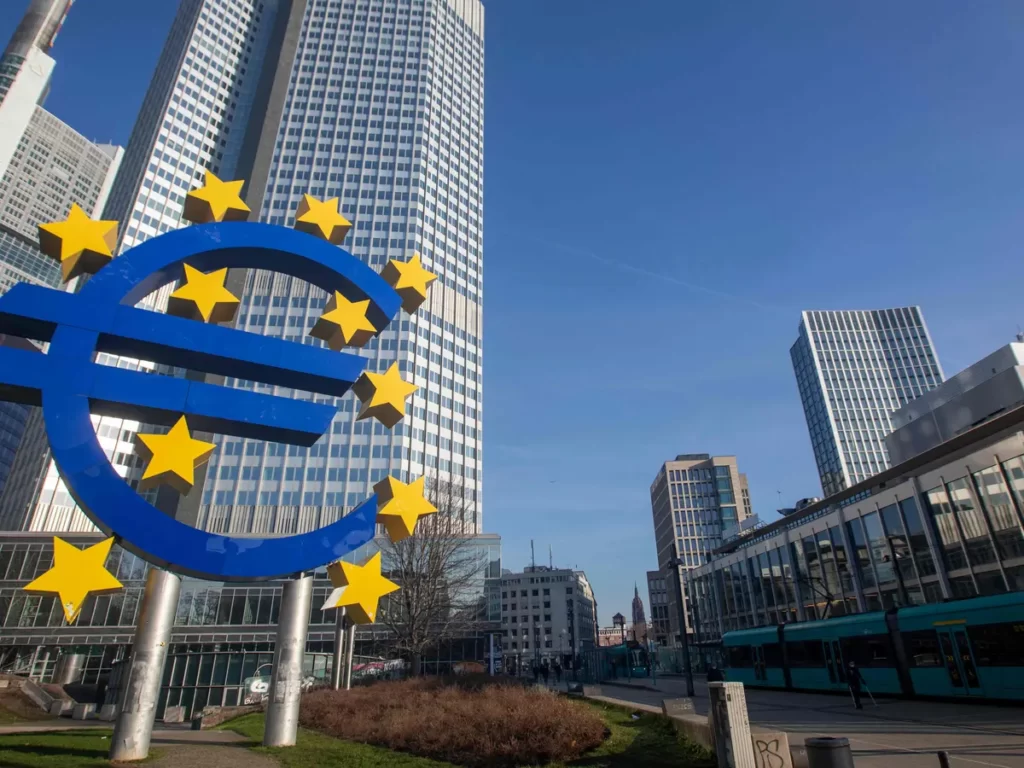Introduction: Global signals
In the fast-paced and ever-changing world of global finance, the signals of economic progress resonate across borders, weaving a complex web that influences nations and shapes the destiny of economies. The latest update from the esteemed International Monetary Fund (IMF) regarding the World Outlook for 2023 and beyond has ignited a spark of hope in the hearts of many. Projections now show that the world economy is expected to expand by a promising 3%, surpassing the initial April forecast of 2.8%. Yet, amid this optimistic outlook, we must exercise caution, for historical standards remind us that growth still lingers below its past glory.
Central banks, in their valiant effort to combat inflation, have steered policies that have left a mark on the global economic landscape. It is with this backdrop that we delve into the revised projections for 2023 and 2024, meticulously examining major economies such as the US, Euro Area, UK, China, Japan, and Germany. Armed with these invaluable global signals, investors and policymakers can navigate the intricate financial terrain with wisdom and confidence, ensuring a path towards prosperity and stability. As we embark on this journey of discovery, let us embrace the challenges and seize the opportunities that lie ahead.

Global Economic Outlook for 2023
In the year 2023, a glimmer of hope shines upon the global economy as it embarks on a modest rebound. The esteemed International Monetary Fund (IMF) now foresees a 3% expansion, a welcome upward revision from their previous forecast. This heartening acceleration owes its existence to a medley of factors, including the tenacity of consumer demand, the strength of fiscal policies, and the surge in trade activities. While we can revel in this positive outlook, let us not forget that it still falls shy of the historical milestones we once celebrated.
The tireless efforts of central banks to control inflation have not gone unnoticed, leaving their indelible mark on the economic landscape. The consequences of their proactive measures have instilled a sense of caution in the approach to monetary policies and financial decisions worldwide. As we navigate these challenging times, let us draw wisdom from the lessons of the past, forging a path towards sustainable growth and prosperity.
Revised Projections for 2024
Looking further ahead, the IMF maintains its projection for 2024 at 3%, signaling a continued but gradual recovery. The revised forecast aligns with the notion that economies need time to stabilize after inflation-controlling measures, ensuring sustainable growth in the long run. The gradual nature of the recovery underscores the importance of prudent economic management and flexibility in adapting to unforeseen circumstances.
Global Inflation Expectations: Global signals
Inflation remains a critical variable in shaping economic outcomes globally. The IMF’s revised projections indicate that global inflation is anticipated to dip to 6.8% in 2023 and further decline to 5.2% in 2024. These adjustments signal positive steps in controlling inflationary pressures, bringing stability to markets, and providing relief to consumers. Nonetheless, policymakers and central banks must remain vigilant and prepared to adjust strategies as the situation unfolds. Global signals

The US Economy: Steady but Cautious Growth
As we focus our lens on the United States, a pivotal player in the global economic arena, projections for 2023 reveal a growth rate of 1.8%, with a modest increase to 1% in 2024. This steady progress is indeed reassuring, but it is essential to recognize that the US economy is not without its distinctive challenges. Striking the delicate balance between reining in inflation and fostering growth demands careful and nimble policymaking.
In this dynamic landscape, investors and businesses must stay ever-prepared for the ebbs and flows of market conditions. The ability to adapt swiftly to the shifting economic terrain will prove invaluable. Amidst the uncertainties, opportunities will undoubtedly emerge, and those with a keen eye and a bold spirit shall seize them.
As we move forward, let us remember that the road to economic prosperity may be winding, but with sound judgment and astute decision-making, we can navigate the path towards a robust and resilient US economy.

Euro Area: Navigating the Waters of Uncertainty
In the Euro Area, GDP growth is expected to slow to 0.9% in 2023 before recovering to 1.5% in 2024. This tepid growth reflects the complexities of managing a diverse economic bloc, where member states experience different challenges and opportunities. As the region grapples with inflationary pressures and energy crises, policymakers must remain united and focused on measures that foster economic resilience. Investors seeking opportunities in the Euro Area should exercise caution, considering the nuances of individual member economies.
The UK Economy: Battling Uncertainty Post-Brexit
The United Kingdom is projected to experience sluggish growth, with rates of just 0.4% in 2023 and 1% in 2024. The aftermath of Brexit continues to cast shadows of uncertainty, making economic planning and forecasting a challenging endeavor. Policymakers must prioritize economic stability while nurturing an environment conducive to trade and investment. Investors eyeing the UK market should adopt a cautious yet opportunistic approach, closely monitoring policy decisions and market trends.
China and Japan: Sustaining Growth Momentum
China and Japan, major Asian economies, are forecasted to witness robust growth in 2023, with rates of 5.2% and 1.4%, respectively. In 2024, the growth momentum is expected to continue, with projections of 4.5% and 1%. China’s efforts to rebalance its economy and Japan’s commitment to structural reforms are contributing to its resilience. Investors seeking growth opportunities in Asia should closely monitor policy shifts and navigate potential geopolitical risks.

Germany: Overcoming Energy Crisis Challenges
As we turn our attention to Germany, a stalwart of the global economy, we find the nation facing a distinct challenge with a projected contraction of 0.3% in 2023. The ominous specter of an energy crisis lingers, casting its shadow over the economic landscape. In this trying moment, it becomes ever more evident that a sustainable energy transition plan is the need of the hour.
As policymakers and businesses unite, collaborative efforts are paramount in addressing the immediate hurdles. Yet, let us not lose sight of the bigger picture. The groundwork for long-term growth and stability must be thoughtfully laid. By charting a course toward renewable and green energy solutions, Germany can navigate toward a brighter and more resilient economic future.
In these testing times, let ingenuity and cooperation lead the way, forging a path that ensures both economic prosperity and environmental sustainability. By meeting challenges with determination and vision, Germany can emerge stronger, ushering in an era of progressive and sustainable growth.
Conclusion: Global signals
In conclusion, the global economic outlook for 2023 and beyond reveals both encouraging signs and cautionary notes. The IMF’s revised projections signal optimism, with growth expected to improve despite inflationary headwinds. As investors and policymakers navigate the global signals, agility, adaptability, and prudence will be essential traits. By staying informed and attuned to economic dynamics, one can navigate the financial landscape, seize opportunities, and mitigate risks. As we venture into the future, let us remember that a resilient and interconnected world economy relies on sound judgment and collective efforts to foster growth and prosperity for all. Global signals
Source: tradingeconomics.com






Can you be more specific about the content of your article? After reading it, I still have some doubts. Hope you can help me.